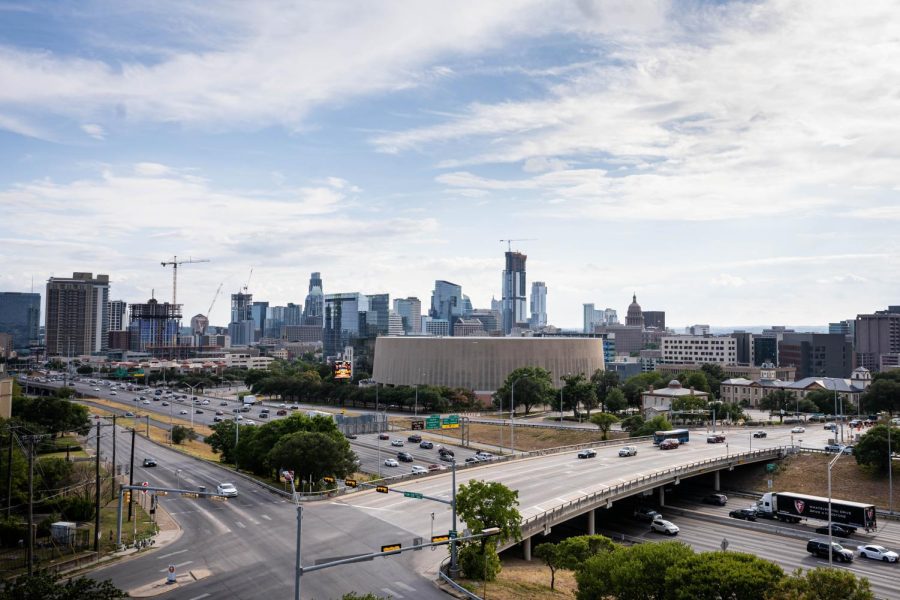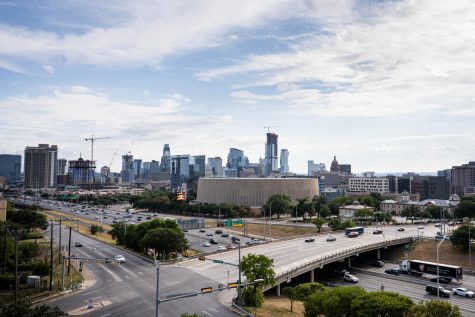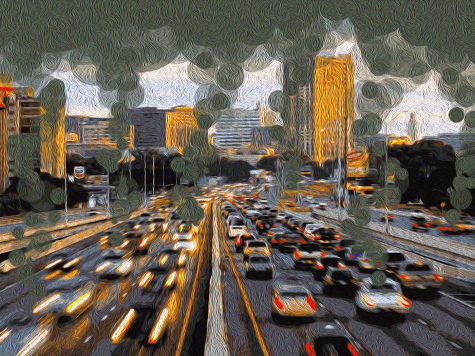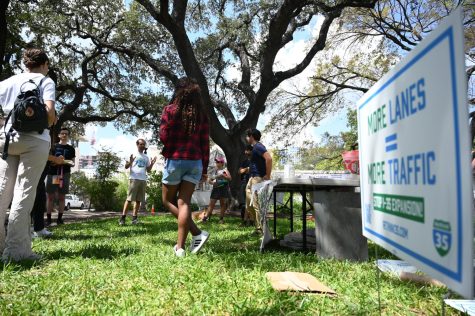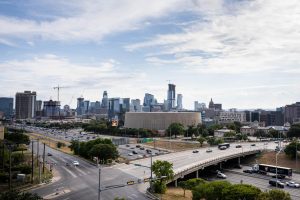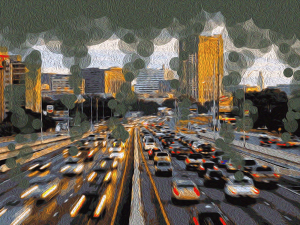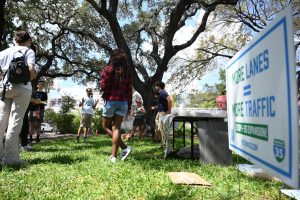Everything you need to know about Austin’s plan to expand I-35
January 24, 2023
Expansion of Interstate 35 is still on the city’s agenda despite construction set to begin early this year. Initially a research project in the 1980s, the Texas Department of Transportation has continually planned and updated projects to change, expand and renovate I-35.
As part of TxDOT’s Mobility35 Program, the expansion through Austin is part of a larger initiative to renovate I-35 throughout the state. According to the project’s website, Austin’s I-35 Capital Express Projects aim to elevate congestion, enhance safety and improve traffic regulation.
“As it exists today, I-35 is not acceptable and not sustainable,” Mayor Kirk Watson said in an email. “It saps hours and hours from Central Texas drivers every year. It does not meet today’s federal and state design standards for safety and operations, and people have died as a result. We can change that.”
Watson said that I-35 is one of the most congested highways in Texas. According to the website, the expansion project will span 28 miles and be divided into three sections: north, center and south. In total, the expansion is expected to create 20 lanes, with University grounds bordering the center section.
“It’s a very poor transportation strategy,” said Adam Greenfield, executive director of Rethink35, a nonprofit organization against the expansion.
Greenfield said the expansion will increase congestion in Austin over time and, in turn, increase carbon emissions from vehicles.
“People come to (Rethink35) because they really feel the impacts of climate change,” Greenfield said. “They lived through these incredibly hot and getting hotter summers that we have, and they see the connection between transportation — which is one of the biggest sources of emissions in Central Texas.”
As of now, the environmental studies for the north and south sections of the project have deemed there to be “no significant impact” during construction. The draft for the central section has yet to be finalized and will be open for public comment in a hearing on Feb. 9.
According to the city of Austin, a 1928 land use plan racially segregated the city along East Avenue until the legal code was changed. Watson, Greenfield and the city of Austin all declared I-35 a historical divider since its construction in 1956.
“It has been a scar on this community since its inception, and it perpetuates the racist history we must work every day to undo,” Watson said. “It has divided our community in every sense and created a physical obstacle at the center of our city.”
Greenfield said Rethink35 is also concerned with displacement of people and businesses along the freeway, a problem already affecting many Austin businesses.
Radio-television-film freshman Will Ashcroft said a friend’s business, an arcade called Texas Gamer Lounge, was shut down due to increasing rent prices in 2022. Ashcroft believes the ongoing expansion was the cause of the rent increase.
Ashcroft said the arcade would often host large tournaments for national Super Smash Bros competitions he and his friends would participate in. The arcade now exists as a small group on campus.
“It seems like a step that had to be taken because Austin’s expanding,” Ashcroft said. “It sucks that it had to happen, but I understand there probably was no other way.”

